How to Choose a Defibrillator – 22 Life Saving Features Compared
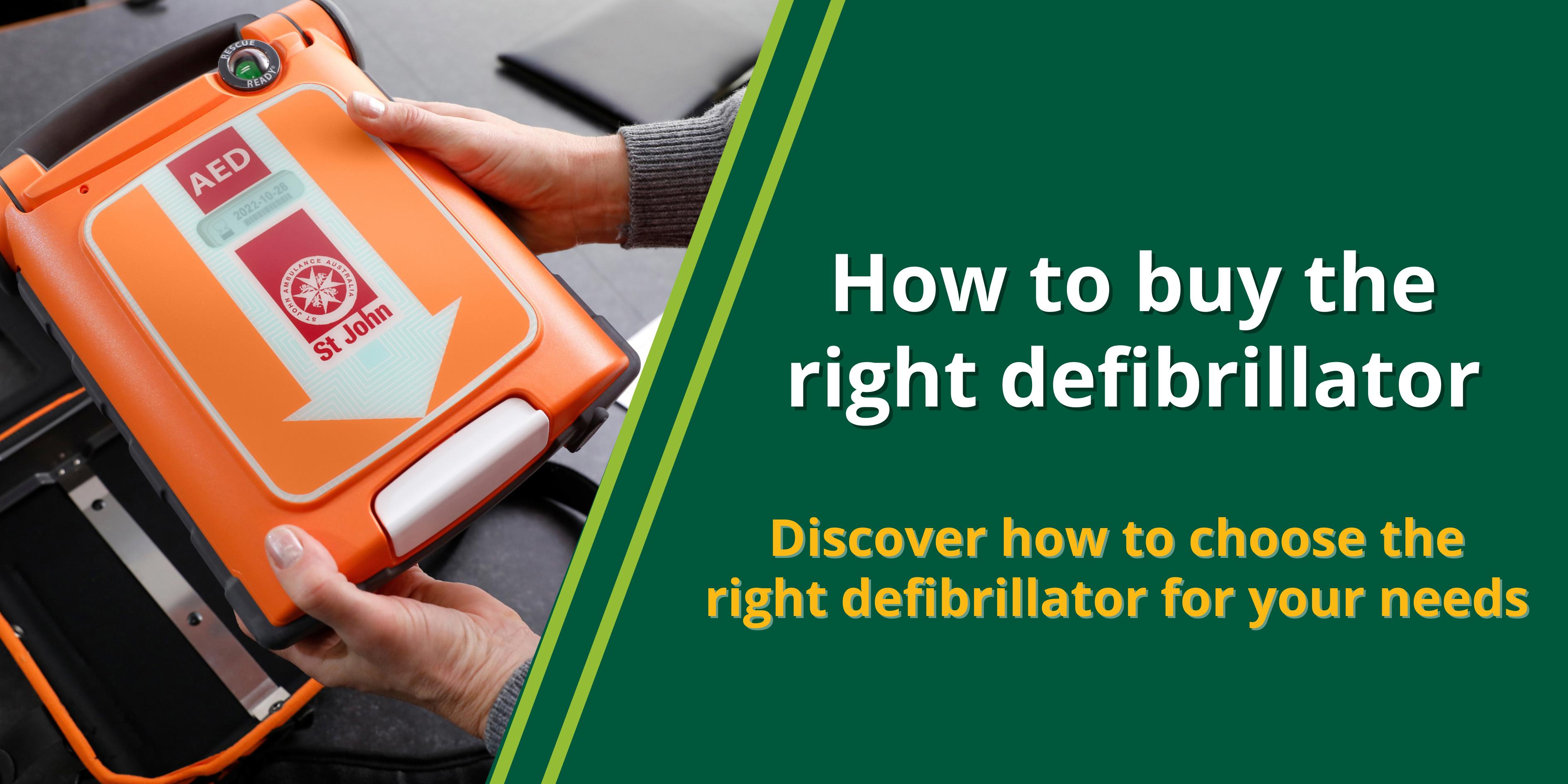
When it comes to saving a life during a cardiac arrest every minute counts. If a Defibrillator is available it is vital that it can be used reliably and quickly by the user. Research shows survival rates of up to 70% can be achieved if an AED is on hand.
It’s important to note that not all Defibrillators are the same and it’s up to every business to understand and determine which option is best suited to your work environment or public building. Components can vary per Defibrillator so we have created a guide to clearly outline which Defibrillator is best suited to who and why.
What is an Automated External Defibrillator (AED)?
A Defibrillator is a revolutionary life-saving device used to treat Sudden Cardiac Arrest (SCA), a condition that occurs when the heart unexpectedly ceases due to an underlying health problem. It is a powerful, lifesaving device that should be accessible to everyone. You can read more about what a Defibrillator is here.
The Facts About AEDs
- More than 30,000 Australians suffer from Sudden Cardiac Arrest each year and without defibrillation and CPR less than 26% survives. Every minute that passes between Sudden Cardiac Arrest and defibrillation is critical and reduces the chance of casualty survival by 10%
- If an individual receives defibrillation within the first few minutes of having a sudden cardiac arrest their chance of survival is increased to beyond 70%
- Defibrillation is the only effective treatment for ventricular fibrillation and sudden cardiac arrest
- Sudden Cardiac Arrest is not gender or age-specific
- An AED will not administer a shock to a heart if it is functioning normally on its own
Why Every Public Place Should Have An AED
Sudden cardiac arrest can occur without any warning to people of all ages, backgrounds and health status. Without immediate defibrillation and CPR, cardiac arrest will result in death.
With sudden cardiac arrest being one of the leading causes of death in Australia, having a Defibrillator at your workplace, public places and sporting fields can be the critical difference between a life lost and a life saved.
The average person spends 35% of their lifetime at work so it is essential that every workplace is equipped with the necessary resources to respond in an emergency. Cardiac arrests are unpredictable and do not discriminate – they can happen anywhere, at any time. By fitting your workplace with an AED you are taking steps to ensure your business is First Aid ready in an emergency.
In 2015, 33,000 Australians lives were lost due to Sudden Cardiac Arrest in comparison to 100 fatalities caused by a fire. It is a requirement that every public building has a fire extinguisher on site, yet it is alarming to know the potential amount of buildings that are not equipped to respond in a cardiac emergency.
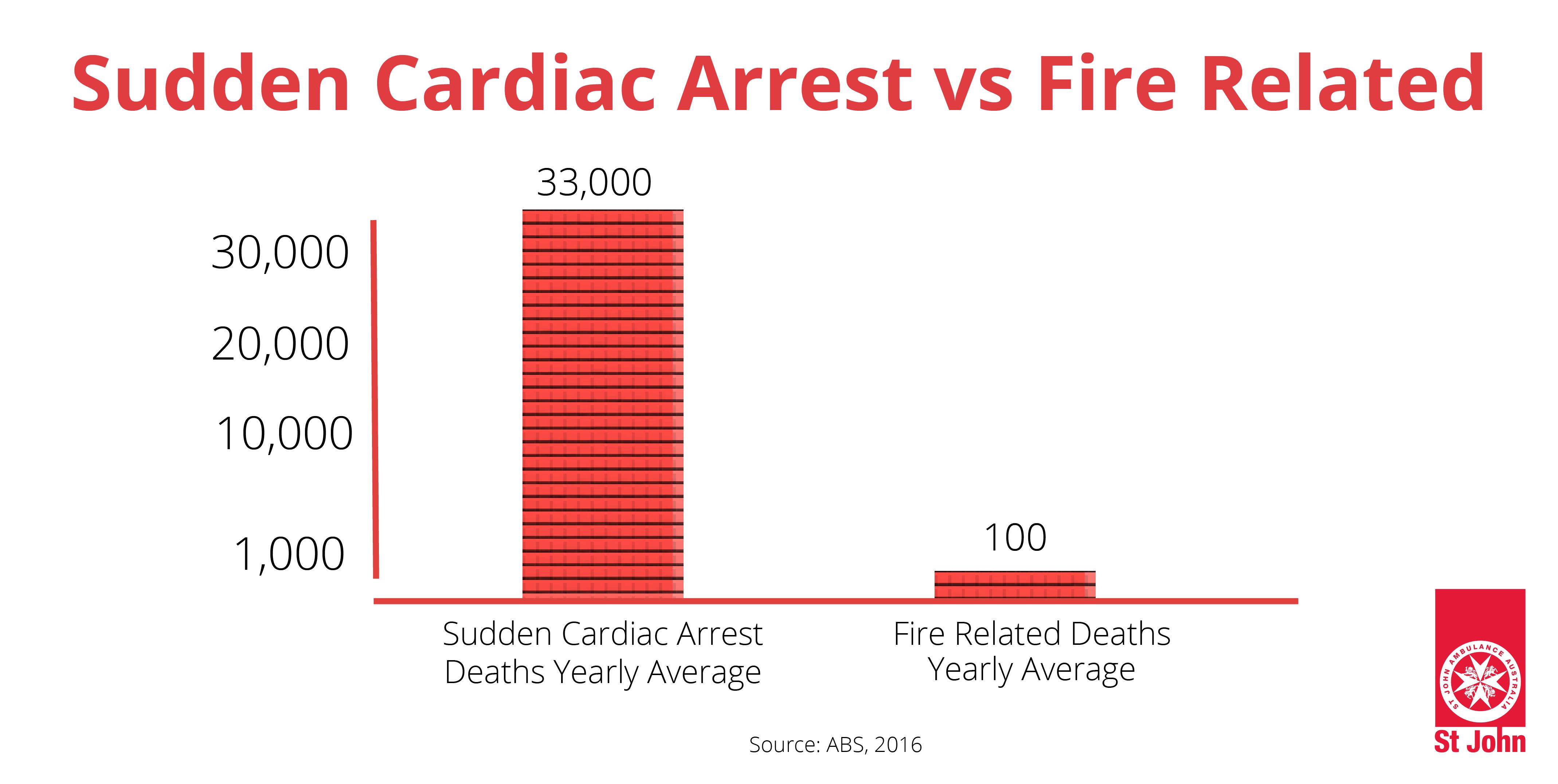
AEDs can be used by inexperienced, minimally trained responders and can save a life prior to the ambulance arriving. Ambulance arrival time is an average of 8-10 minutes in metropolitan areas of Melbourne whilst it can be up to 30 minutes in rural areas. Without early defibrillation from an AED the survival rate falls between 2-5% so it is critical that immediate action is taken in the event of a cardiac arrest.
How To Choose And Buy The Right Defibrillator
St John Ambulance carefully developed two market-leading AEDs that are specifically designed for untrained individuals to use with ease in an emergency.
Both the G5 and G3 Elite help to provide the user with the confidence to act quickly and accordingly in an emergency. We hand-picked the G5 and G3 Elite as they act as a personal coach to guide the user through a cardiac emergency with a simple, step-by-step process.
However, there are differences between the G5 and G3 Elite models so to guarantee your business makes an educated decision we have compared the pair for you.
7 Reasons Why The St John Ambulance G5 or G3 Elite Is The Right Choice For You
- Simple. Both models automatically turn on once the user opens the case, which is clear and obvious with a white button on both. This instantly prompts a calm, clear voice to deliver easy to follow instructions which allows the First Aider to act whilst listening and streamlines the defibrillation process without distraction.
- Intelligent. Sophisticated sensors assess and correctly advise that a shock should be delivered at the appropriate time – personalised to every man, woman or child based on body type.
- Reactive. The devices can quickly distinguish when the user has completed a step and is ready for the next instruction, ensuring the user is not overwhelmed and correctly implements each step in a timely manner. Our Defibrillators give you this personalised guidance in both voice and text on a bright backlit display to also suit those with hearing difficulties or to suit noisy environments. This guidance is called RescueCoach.
- High Capacity, Long Life Battery. Up to 420 shocks/16 hours for the G5 and 290 shocks/18 hours for the G3 Elite.
- Fast: the patient’s heart rhythm is analysed in seconds.
- Automated. Our AED automatically analyses the heart rhythm to determine whether a shock is required. If the AED does not advise a shock, no shock can be delivered, even if the shock button is pressed.
- CPR. The G5 Defibrillator makes doing CPR easy with Intellisense CPR Feedback and provides voice correction with real-time prompts such as ‘push harder’ or ‘push slower’. The G3 Elite provides simple CPR support with a metronome tone for correct timing. CPR must be performed between defibrillation to ensure oxygen and blood is being circulated to the vital organs. When purchasing a Defibrillator, an in-person CPR course is strongly recommended and can be booked here.
What Is The Difference Between The St John G5 and G3 Elite Defibrillators?
The G5 Defibrillator is the higher capacity model of the two, boasting more shocks. Importantly, it comes with the Intellisense CPR feedback device to help guide the responder with clear and real-time guidance on performing CPR. This gives the patient the best chance of survival and has been proven to improve CPR performance during what can be a stressful event.
A Comparison Of The G5 and G3 Elite Defibrillators
| G5 AED | G3 Elite AED | ||
| Ease of use | How to activate |
Automatically turns on when pressing the white button |
Automatically turns on when pressing the white button |
| Instructions |
Audio, text with visuals on pads for clarity |
Audio with visuals on pads for clarity |
|
|
Display |
Bright LCD backlit text display |
Monochrome text display |
|
|
Display Screen Size |
2.8cm x 5.6cm |
1.5cm x 7.5cm |
|
|
Pads |
‘Non polarised’ and interchangeable – can be placed in either position of chest |
‘Non polarised’ and interchangeable – can be placed in either position of chest |
|
|
Paediatric Pads |
Available – easy to switch pads Australian |
Available – easy to switch pads |
|
| Audio accent |
Australian |
US English |
|
|
CPR Feedback |
Intellisense CPR guidance – real time feedback on CPR performance |
CPR metronome timer |
|
|
Shock Delivery |
Fully Automatic (delivers a shock, if required, unassisted) |
YES |
YES |
|
Semi Automatic (prompts the rescuer to press a button to deliver the shock) |
YES |
YES |
|
|
Shocks |
420 |
290 |
|
|
Energy Selection |
Escalating energy 95J to 354j on adult |
Escalating energy 126J to 351j on adult |
|
|
Minimal time-to-shock after CPR for potentially better survival |
YES – 10 seconds |
YES – 15 seconds |
|
|
Durability |
Self test | Automatic daily self test of battery, pads, internal electronics and buttons | Automatic daily self test on AED electrical circuitry, software, battery and pads |
|
Water resistant |
YES |
YES |
|
|
Rugged |
Very Rugged– IP55 rating |
Moderately Rugged – IP24 rating |
|
|
Specs |
Warranty |
8 years |
7 years |
|
Battery Life |
4 years |
4 years |
|
|
Pad Life |
Single use – 2 years |
Single use – 2 years |
|
|
Weight |
2.6kg |
3.10kg |
|
|
Data Recording Data Recovery |
|
Up to 90 minutes and multiple events
Uploaded USB memory stick or direct-connect cable |
Up to 60 minutes
User may download to a PC via cable |
How To Choose And Buy The Right Defibrillator
All workplaces, institutions and public buildings have a duty of care to their employees, customers, students, visitors or suppliers. How your staff responds in a First Aid emergency such as a sudden cardiac arrest is unpredictable, which is why an easy to use, step-by-step, audio operated AED such as the G5 or G3 Elite is the most suitable option.
The St John G5 and G3 Elite are designed from an everyday person’s viewpoint. They provide valuable and timely guidance, include simple and prominent instructions and advise an appropriate level of workload for even those not trained in First Aid.
With their bright orange case easy to find in an emergency, a St John Ambulance defibrillator is a clear choice if you want something easily recognisable and simple to use for anyone to use.
You’ve made the right choice by deciding to buy a Defibrillator, now it’s up to you to ensure you select the product that is going to be most suitable and useful when a cardiac emergency arises. The decision you make could save a life in the future, possibly even your own, so take our guide into careful consideration when making that life-saving purchase.
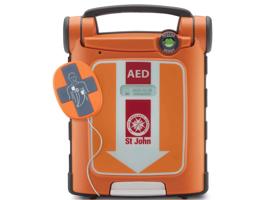
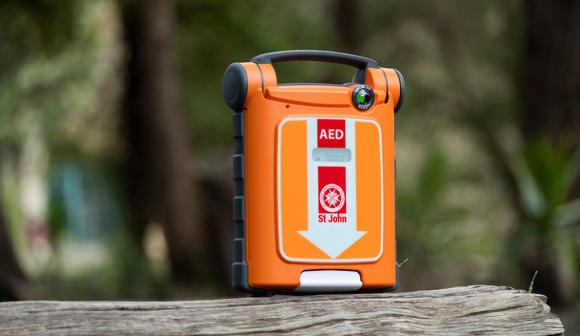
How to choose the right Defibrillator for you
Choosing a defibrillator can be hard. Read our list of things you should consider when choosing the right defibrillator for your needs.
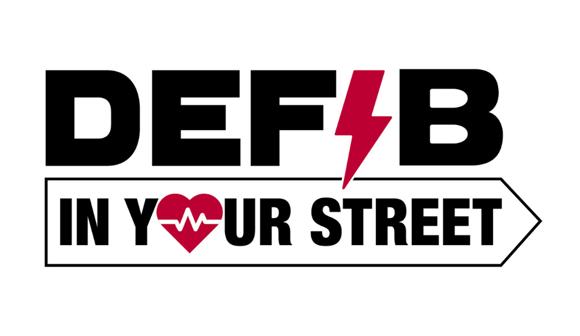
Defib in your street
A Community Program creating the safest suburbs to have a sudden cardiac arrest in Victoria.
Find out more about the program and our latest suburb.
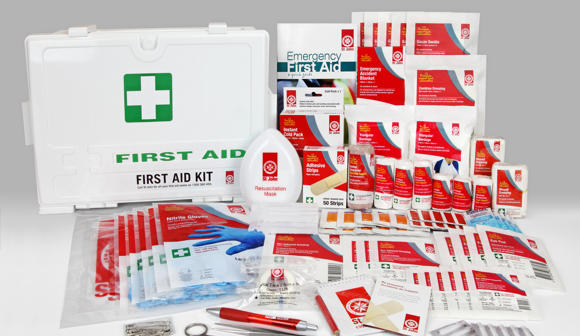
Shop First Aid Kits
Trusted Australia wide in homes, workplaces, on the road and by St John Volunteers, you can rely on our range of kits, components, defibrillators, accessories and other equipment to respond in an emergency.
